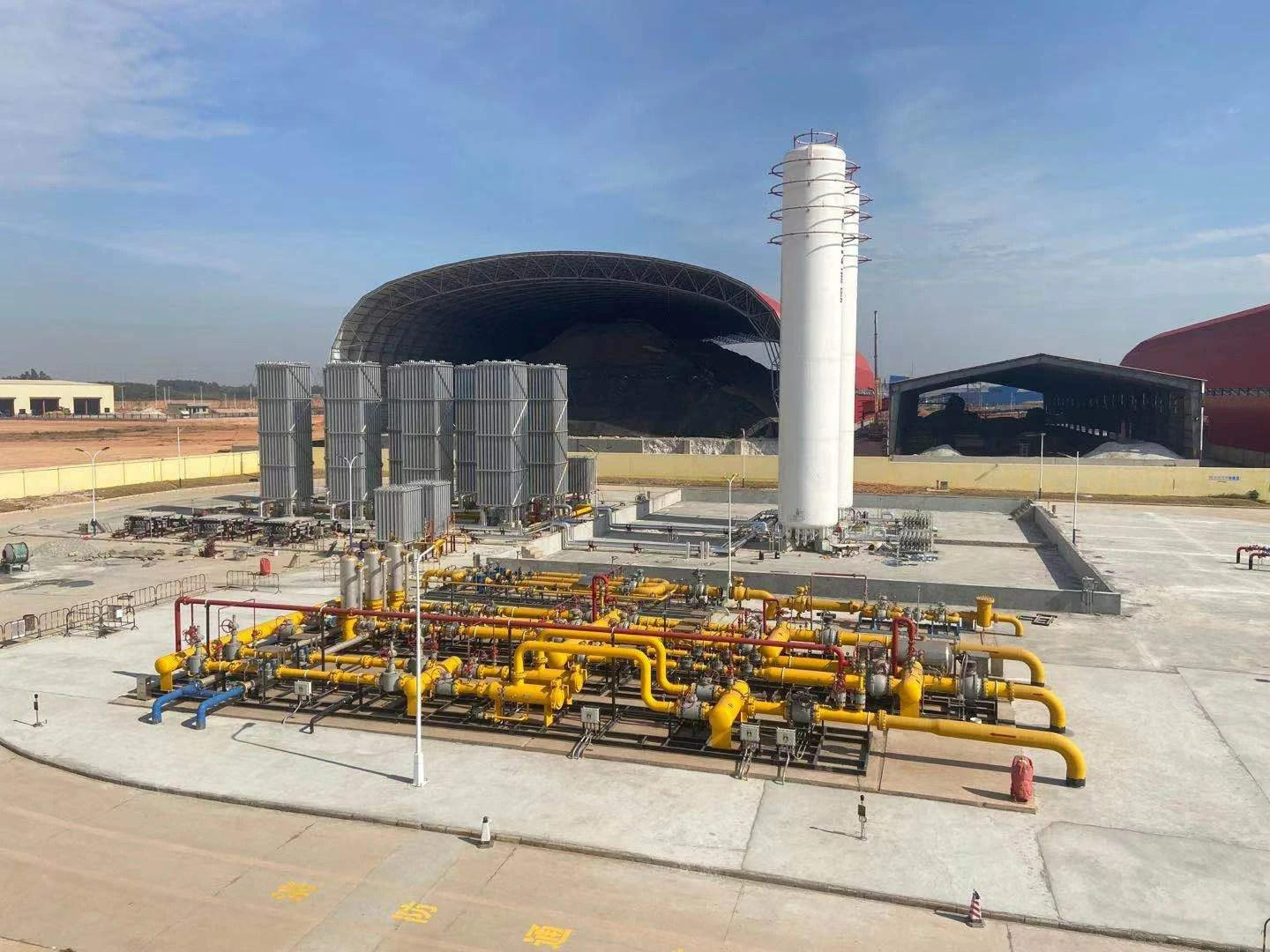
Oct . 08, 2024 18:58
Back to list
Understanding the Functionality and Importance of Pressure Relief Valves in Safety Systems
Understanding Relief Valves Their Importance and Functionality
Relief valves play a crucial role in various industrial applications by ensuring that systems operate within safe pressure limits. These essential components are designed to automatically release excess pressure from a system to prevent catastrophic failures and maintain operational safety.
At its core, a relief valve functions as a pressure-control device. When the pressure within a system exceeds a predetermined set point, the valve opens to allow fluid (either gas or liquid) to escape, thereby relieving the pressure. Once the pressure drops back to a safe level, the valve closes, sealing the system and restoring normal operational conditions. This cycle is vital for preventing damage to machinery, pipelines, and storage vessels.
There are several types of relief valves, with the most common being spring-loaded and pilot-operated relief valves. Spring-loaded relief valves use a spring mechanism to hold the valve seat closed against upstream pressure. When the pressure threshold is exceeded, the force of the fluid overcomes the spring tension, allowing the valve to open. Pilot-operated relief valves, on the other hand, utilize a smaller “pilot” valve to control a larger main valve. This design can offer improved performance and reliability, especially in high-pressure applications.
relief valve

The selection of a relief valve for a particular application involves several considerations, including the type of fluid being handled, the operating pressure and temperature, and the required flow capacity. Proper sizing is critical to ensure that the valve can effectively manage pressure within the system. An undersized valve may fail to relieve pressure adequately, leading to dangerous situations, while an oversized valve may lead to unnecessary cycling and wear.
Maintenance of relief valves is equally important. Regular inspections and testing should be conducted to ensure the valves are functioning correctly and perform as intended during a pressure surge. Many industries adhere to strict regulatory standards and guidelines for relief valve maintenance, underscoring the significance of these components in safety compliance.
In summary, relief valves are vital safety devices that protect industrial systems from excessive pressure. Their ability to automatically vent pressure when necessary helps prevent equipment failures, accidents, and even hazards to human safety. Understanding their functionality, types, and maintenance requirements is essential for engineers, operators, and safety professionals who seek to maintain safe and efficient operations in various industrial environments. As we continue to innovate and improve engineering practices, the importance of effective pressure management devices like relief valves remains paramount.
Next:
Latest news
-
Safety Valve Spring-Loaded Design Overpressure ProtectionNewsJul.25,2025
-
Precision Voltage Regulator AC5 Accuracy Grade PerformanceNewsJul.25,2025
-
Natural Gas Pressure Regulating Skid Industrial Pipeline ApplicationsNewsJul.25,2025
-
Natural Gas Filter Stainless Steel Mesh Element DesignNewsJul.25,2025
-
Gas Pressure Regulator Valve Direct-Acting Spring-Loaded DesignNewsJul.25,2025
-
Decompression Equipment Multi-Stage Heat Exchange System DesignNewsJul.25,2025

